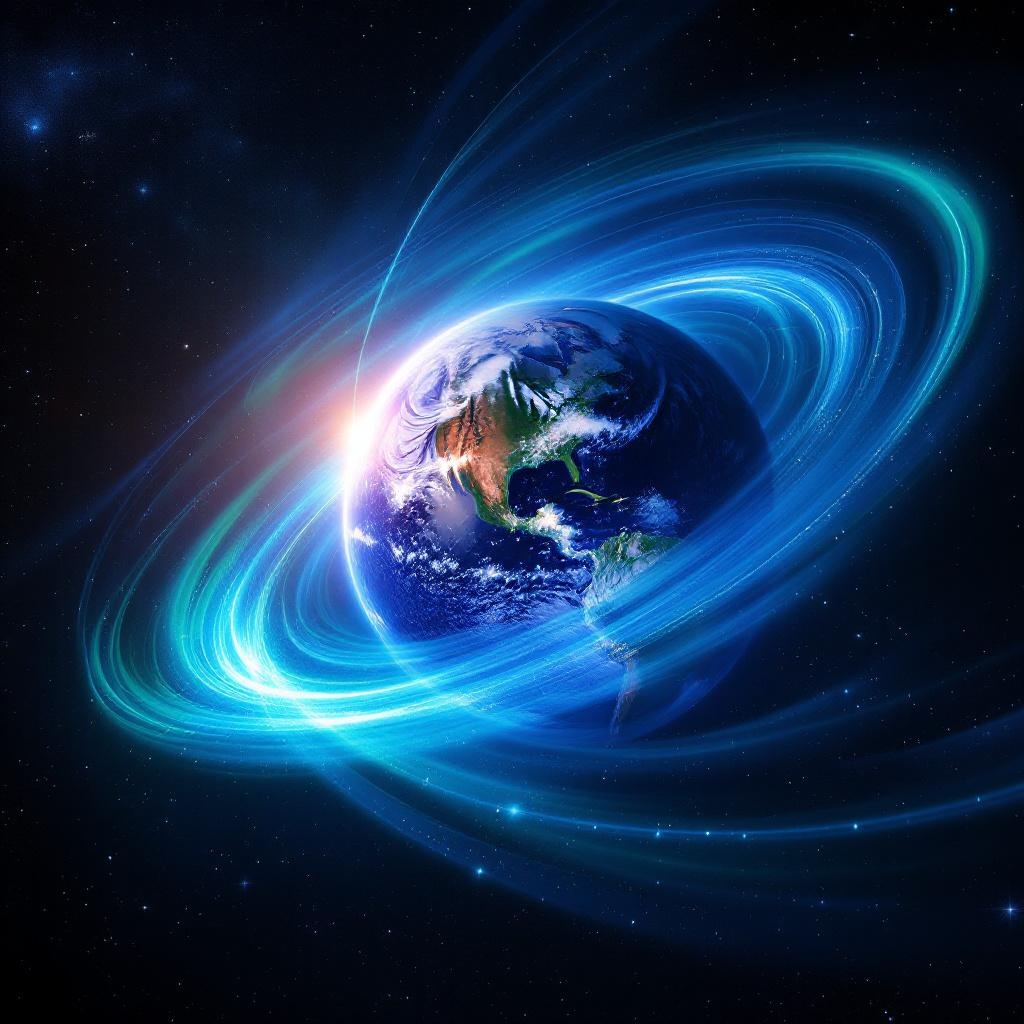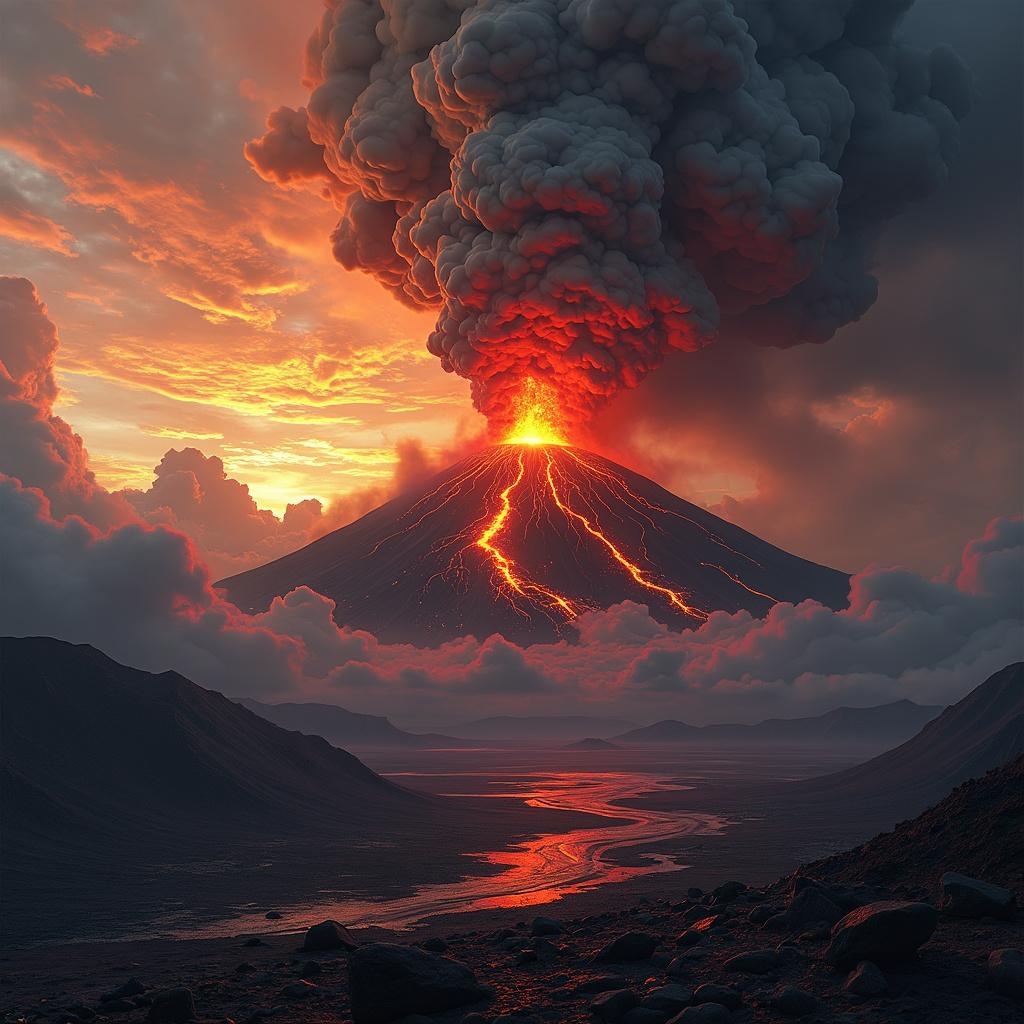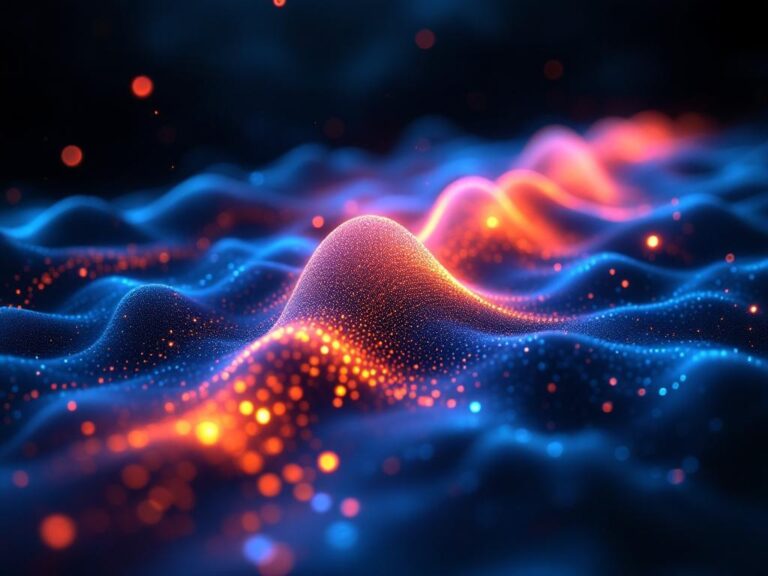Unlocking Earth’s Secrets: The Astonishing Connection Between Magnetism and Oxygen That Could Change Everything
Scientists just uncovered a perplexing connection between Earth’s magnetism and the planet’s oxygen levels. This discovery might shake up how we think about Earth’s geological…
Scientists just uncovered a perplexing connection between Earth’s magnetism and the planet’s oxygen levels. This discovery might shake up how we think about Earth’s geological and biological history.
The link, honestly a bit mysterious, has stumped researchers for years. It could offer fresh clues about the magnetic field and how it shapes our atmosphere—and, by extension, life itself.
According to a recent Scientific American article, these findings open up a lot of new questions. There’s a ton to dig into for future research.
The Earth’s Magnetic Field: An Overview

The Earth’s magnetic field—people call it the geomagnetic field—isn’t just some static force. It’s alive, dynamic, and stretches from deep inside the Earth all the way out into space.
Molten iron and nickel swirl around in the outer core, generating electric currents. Those currents create the magnetic field we all rely on.
Without this geomagnetic field, life would be in serious trouble. It acts like a shield, protecting us from nasty solar radiation and cosmic rays.
Role of the Magnetic Field
The magnetic field doesn’t just sit there; it actively protects Earth’s atmosphere. It deflects the solar wind, which is basically a barrage of charged particles from the sun.
If we didn’t have this shield, the ozone layer could get stripped away, exposing everything to more ultraviolet radiation. That’s not something you’d want to happen.
Oxygen Levels and Life on Earth
Oxygen makes up about 21% of our atmosphere. It’s absolutely essential for aerobic life—including us, of course.
Most of our oxygen comes from photosynthesis. Plants, algae, and cyanobacteria pull off this trick by turning carbon dioxide and water into oxygen and glucose with a little help from sunlight.

Historical Oxygen Fluctuations
Oxygen levels haven’t always been steady. They’ve gone up and down a lot throughout Earth’s history.
These swings in oxygen have lined up with mass extinction events and bursts of rapid evolution. The Great Oxidation Event, for example, happened about 2.4 billion years ago and sparked the first big jump in atmospheric oxygen.
The Mysterious Link Between Magnetism and Oxygen
Lately, researchers have zeroed in on a mysterious link between Earth’s magnetism and oxygen levels. They’ve noticed that shifts in the geomagnetic field seem to match up with changes in how much oxygen is in the atmosphere.
That connection hints that the magnetic field might actually play a role in how oxygen gets produced and spread around.
Possible Mechanisms

So, what’s going on here? There are a few ideas floating around.
Some scientists think the geomagnetic field tweaks the behavior of the ionosphere—the part of the atmosphere loaded with ions and free electrons. If the ionosphere changes, that could mess with the chemical reactions that make or break oxygen.
Another theory? Maybe the magnetic field influences tectonic plates and volcanic activity. Volcanic eruptions pump out tons of gases, including oxygen, so changes in geomagnetic activity might affect how often volcanoes blow and, in turn, how much oxygen ends up in the air.
Implications for Earth Science and Biology
Finding a link between Earth’s magnetism and oxygen levels could turn some old models on their heads. It pushes us to rethink how the magnetic field and the atmosphere interact.
There’s a real sense that this could open up new paths for research on the forces that shaped life as we know it.
Future Research Directions
Where do scientists go from here? They’re planning to dig deeper into the nuts and bolts of this magnetism-oxygen connection. Some key areas they’re eyeing:
- Investigating the ionosphere: Figuring out how changes in the geomagnetic field mess with the ionosphere and what that means for oxygen chemistry.
- Studying volcanic activity: Looking at how shifts in the magnetic field might trigger more (or fewer) volcanic eruptions, and how that affects the air we breathe.
- Examining historical data: Sifting through geological and atmospheric records to find patterns and see if geomagnetic and oxygen changes really do sync up over time.
Conclusion
The mysterious link between Earth’s magnetism and oxygen levels has caught the attention of scientists everywhere. It’s a breakthrough that’s changing how we think about Earth’s magnetic field and the role it plays in protecting our planet.
This discovery also gives us a fresh perspective on what shapes Earth’s atmosphere. The way oxygen levels have changed over time might be tied more closely to the planet’s magnetic behavior than anyone guessed.
Researchers are still digging into this odd connection. Who knows what else they’ll find about the wild, complicated systems that make Earth so unique—and honestly, so livable?

